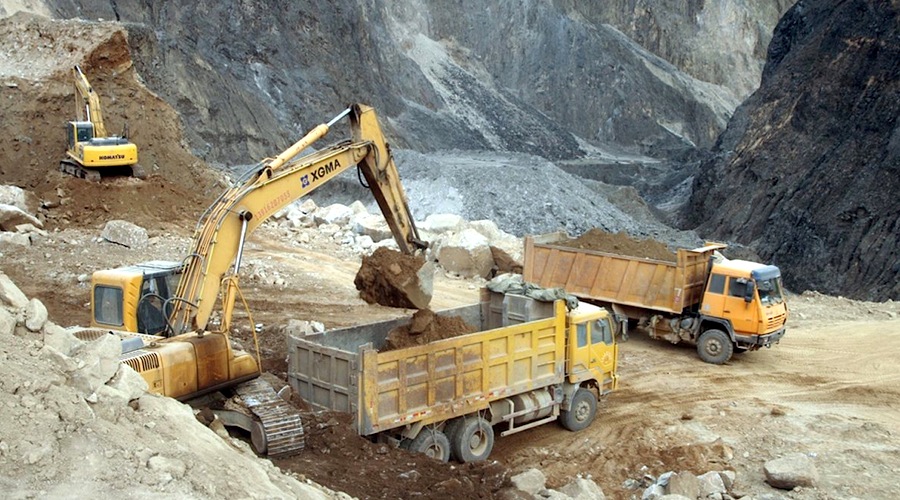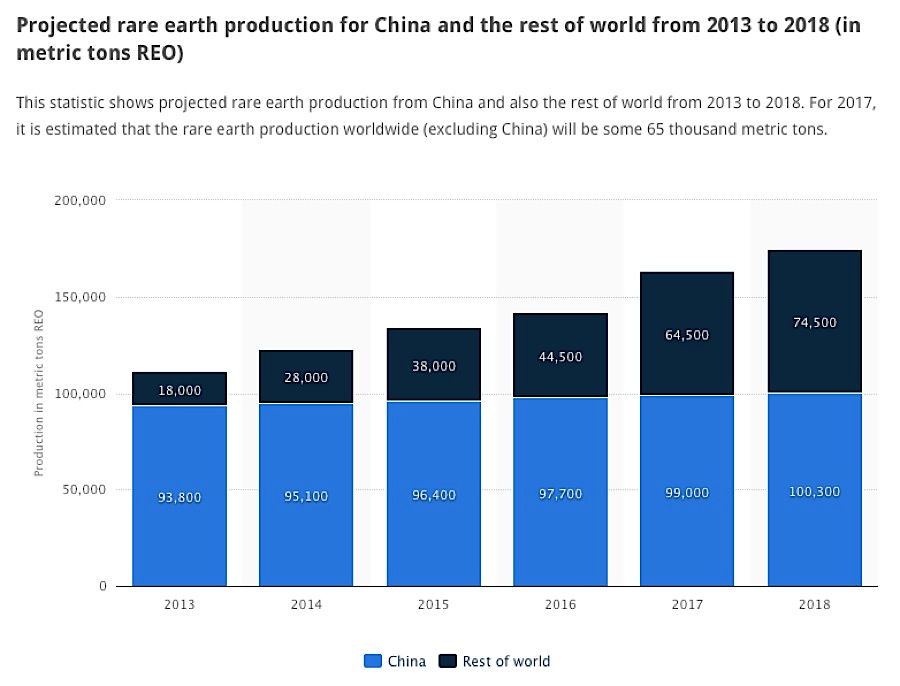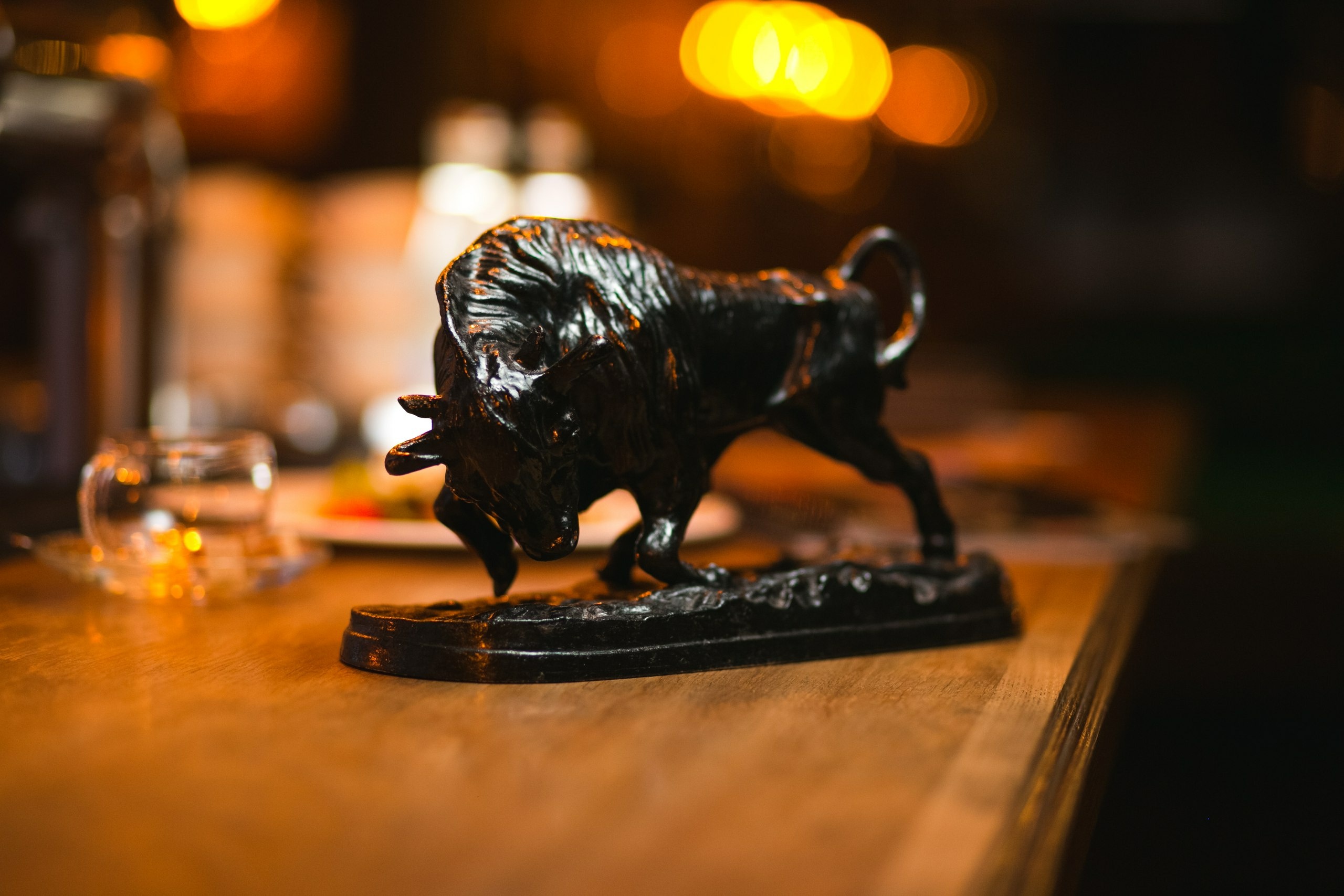Rare earths prices rise as China builds reserves, tackles illegal mining

Rare earths prices have climbed in recent weeks as China began boosting reserves of the coveted elements and stepped up efforts to crack down on the illegal mining and exporting of such key ingredients for advanced electronics, defence and renewable energy.
Neodymium, used in high-performance magnets, is trading at $56 per kilogram — up 10% from a month ago and the highest since July 2015.
Neodymium prices have gained 10% since early May, trading at $56 per kilogram, the highest price the element— used in high-performance magnets — has been going for since July 2015.
Dysprosium, which is used in nuclear reactors and as a laser material, is selling for about to $265 per kilogram — up 3% from a month ago, while prices of terbium, a phosphor raw material, have increased 11% to around $570 per kilogram.
Prices have been partly supported by Beijing’s recent decision to stockpile on rare earths. According to Nikkei Asian Review, China’s six major suppliers began building up commercial reserves in April and it is expected that 5,000 tons of nine types of rare-earth metals will be set aside this year.
National reserve
The report adds the Chinese government plans to create a separate national reserve by purchasing rare-earth metals from the same top suppliers:
The initial scale of this stockpile is estimated at 15,000 tonnes. The combined 20,000 tonnes in national and commercial reserves is a significant amount, considering China’s total annual output is said to be roughly 100,000 tonnes.
The country’s renewed efforts to curb the illicit extraction and export of rare earths is another factor behind the price recovery, analysts believe. According to Metal-Pages (subs. required), over 230 illegal rare earth mines were shut down in September 2014 to May 2015.
Despite the ongoing attempts to block illicit miners, smuggling, environmental devastation and dangerous artisanal mining practices remain rampant.
Some estimates put exports from illegal rare earths mining through networks in Vietnam and Hong Kong as high as 40,000 tonnes.
According to a recent report released last month, the global rare earth market is expected to grow from the $1.4 billion it was worth back in 2010 to $4.1 billion by 2017.

Chart courtesy of Statista.com.
{{ commodity.name }}
{{ post.title }}
{{ post.date }}




Comments
Alistair Harris
What is really interesting about the picture is that 3 machines – 2 excavators and a truck – are being worked and there is no evidence of engine exhaust. Not possible with a diesel. Airbrushing?